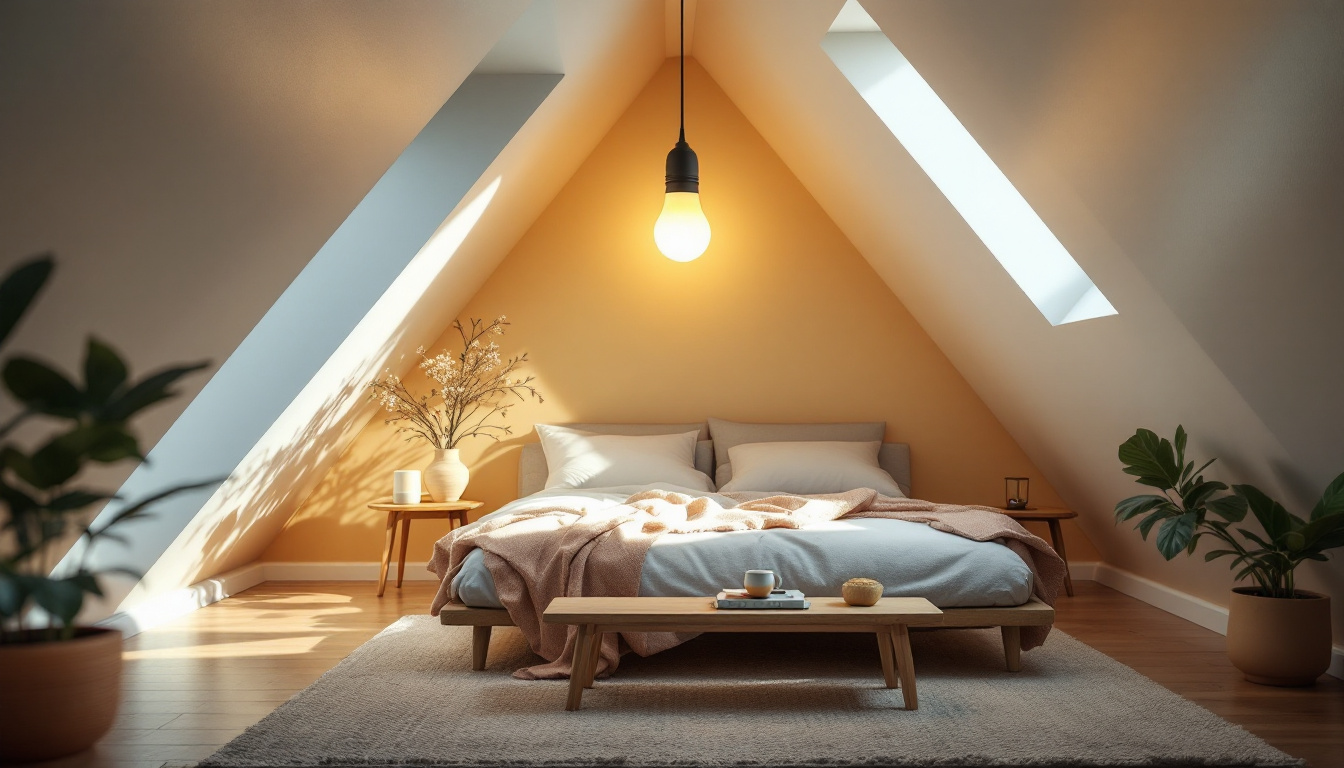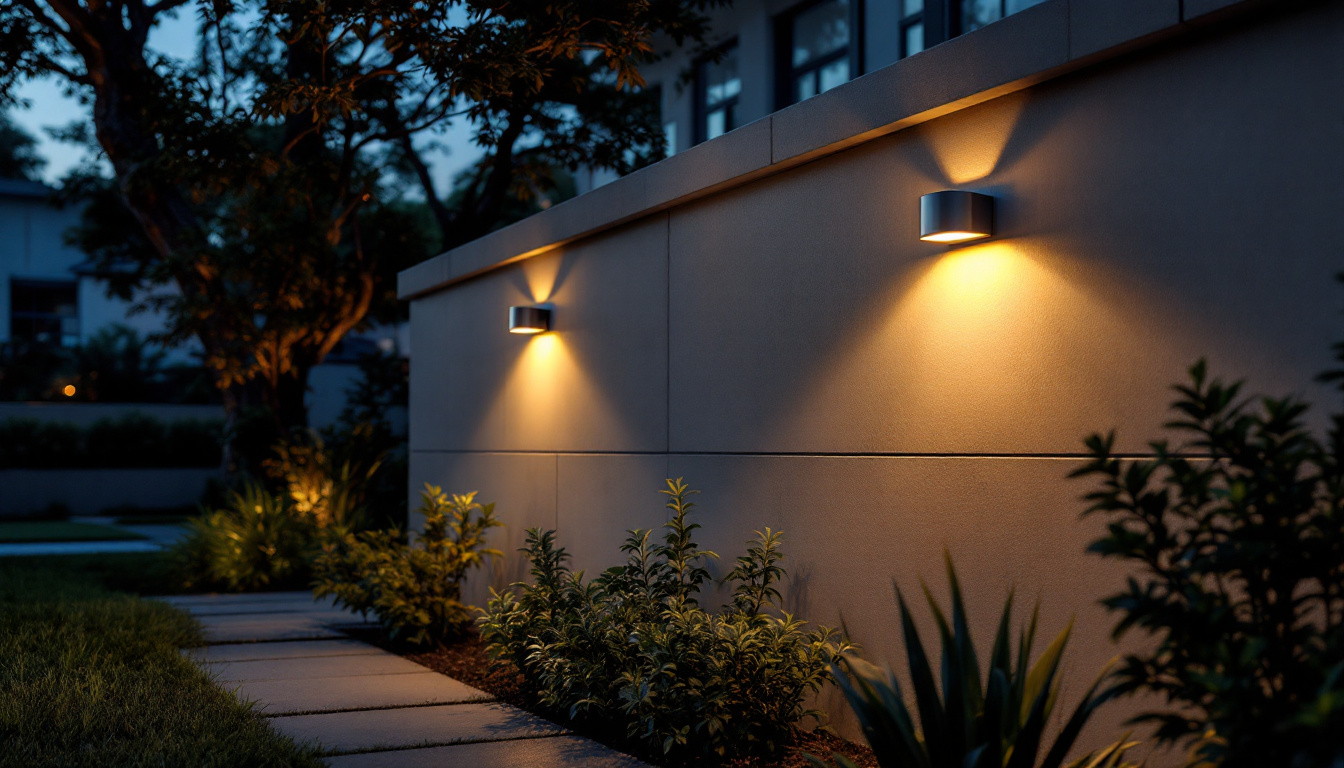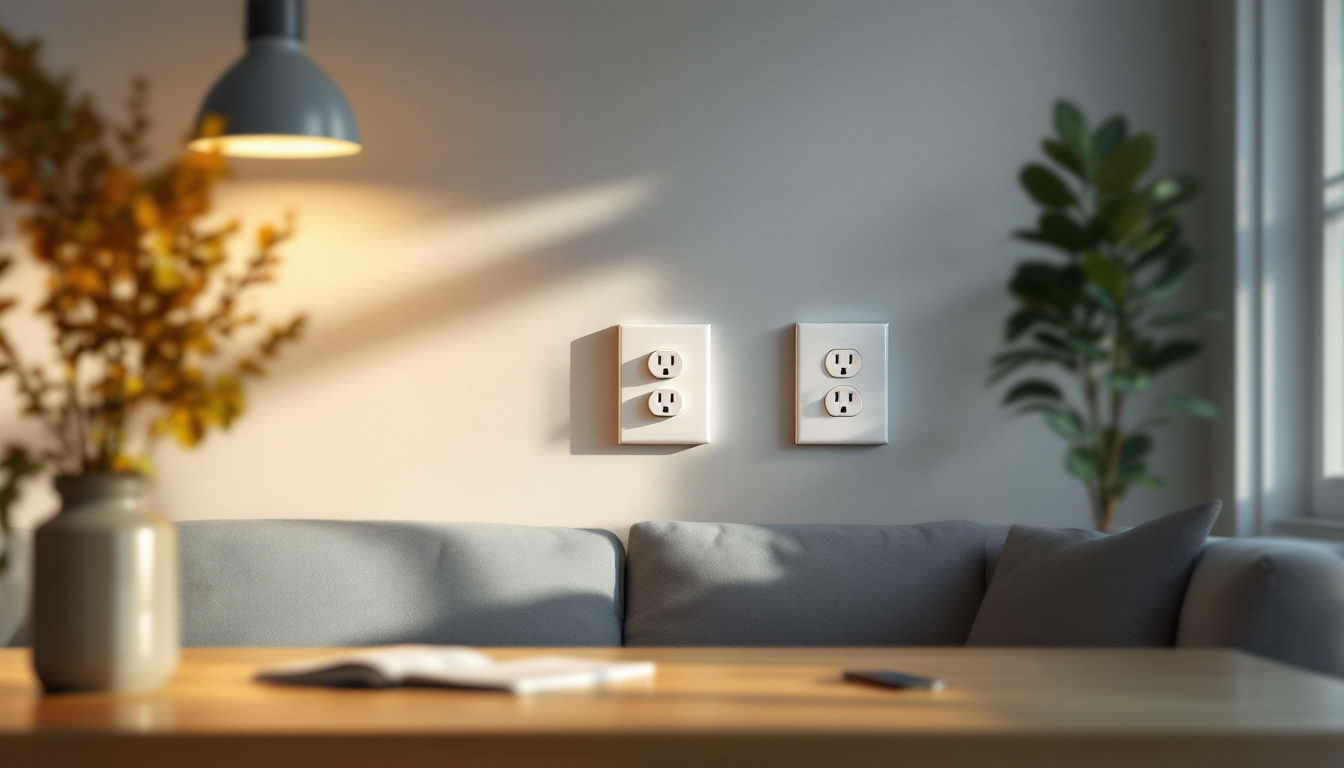
In the realm of energy efficiency, every detail counts. One often overlooked aspect is the role of attic lighting in enhancing a building’s overall energy performance. While many focus on insulation and HVAC systems, the choice and placement of lighting fixtures in attics can significantly influence energy consumption and efficiency. This article delves into the various aspects of attic lighting and its impact on energy efficiency, offering insights that lighting contractors can leverage to optimize their projects.
Attic lighting serves a dual purpose: it provides illumination for tasks and contributes to the overall energy efficiency of a home. The right lighting choices can enhance visibility while minimizing energy consumption. However, many homeowners remain unaware of the potential benefits of well-planned attic lighting.
proper illumination in attics is crucial for safety and functionality. Attics often serve as storage spaces, and adequate lighting ensures that homeowners can navigate these areas safely. Poor lighting can lead to accidents, making it essential for lighting contractors to recommend solutions that enhance visibility without excessive energy use. Additionally, a well-lit attic can also serve as a functional workspace for DIY projects or seasonal decorations, allowing homeowners to utilize this often-overlooked space more effectively.
When it comes to attic lighting, several fixture types can be considered. LED lights, fluorescent tubes, and traditional incandescent bulbs each have their own advantages and disadvantages. LEDs, for instance, are known for their energy efficiency and longevity, making them a popular choice for energy-conscious homeowners. In contrast, incandescent bulbs, while providing warm light, consume significantly more energy and have a shorter lifespan. Furthermore, there are also options like recessed lighting, which can be installed into the ceiling to create a clean, unobtrusive look, and motion sensor lights that automatically turn on when someone enters the attic, adding an extra layer of convenience and safety.
Moreover, the placement of these fixtures plays a critical role in achieving optimal lighting. Strategically positioning lights near entry points or along pathways can help illuminate dark corners and reduce shadows, which are often breeding grounds for accidents. Homeowners might also consider incorporating dimmer switches, allowing for adjustable brightness levels depending on the task at hand. This flexibility not only enhances usability but also contributes to energy savings by allowing users to control the intensity of the light according to their needs.
The relationship between attic lighting and energy efficiency is multifaceted. By selecting energy-efficient lighting options and implementing smart design strategies, lighting contractors can help homeowners reduce their overall energy consumption.
One of the most effective ways to enhance energy efficiency in attics is through the selection of energy-efficient lighting options. LED lights are often the top recommendation due to their low energy consumption and long lifespan. They can reduce energy bills significantly, making them a cost-effective choice for homeowners in the long run.
Furthermore, the use of daylight sensors and motion detectors can further optimize energy use. These technologies ensure that lights are only on when needed, reducing wasted energy and contributing to a more sustainable approach to attic lighting. In addition, smart home integration allows homeowners to control their attic lighting remotely, providing convenience and further energy savings. For example, if a homeowner forgets to turn off the lights after using the attic, they can easily do so via a smartphone app, preventing unnecessary energy waste.
The placement of lighting fixtures in an attic is just as important as the type of lighting used. Strategically positioning lights can minimize shadows and enhance visibility, allowing homeowners to utilize their attic space more effectively. Additionally, proper placement can reduce the number of fixtures needed, further lowering energy consumption.
Consideration should also be given to the layout of the attic. For instance, areas with higher storage density may require more focused lighting, while open spaces may benefit from broader illumination. By tailoring the lighting design to the specific needs of the attic, contractors can maximize both functionality and energy efficiency. Moreover, incorporating adjustable fixtures can allow homeowners to modify the lighting intensity and direction based on their current activities, whether they are sorting through boxes or simply navigating the space. This adaptability not only enhances usability but also promotes a more energy-conscious environment, as lights can be dimmed or redirected to suit specific tasks, further reducing overall energy consumption.
Incorporating natural light into attic spaces is an excellent way to enhance energy efficiency. Skylights and solar tubes can provide ample daylight, reducing the need for artificial lighting during the day. This not only lowers energy consumption but also creates a more pleasant environment. Moreover, the use of natural light can contribute to a healthier indoor atmosphere, as it helps regulate circadian rhythms, which can lead to better sleep patterns and overall well-being.
Skylights and solar tubes can significantly brighten an attic space, making it more usable and inviting. By allowing natural light to flood in, these installations can reduce reliance on electric lighting, leading to substantial energy savings. Additionally, natural light has been shown to improve mood and productivity, making attics more enjoyable spaces for homeowners. The increased exposure to daylight can also enhance the aesthetic appeal of the space, highlighting architectural features and creating a warm, welcoming ambiance that is often lacking in darker areas of the home.
However, it is essential to consider the potential for heat gain or loss through these installations. Properly insulated skylights can help mitigate these issues, ensuring that energy efficiency is maintained throughout the year. Furthermore, advancements in technology have led to the development of energy-efficient glazing options that can reflect heat while still allowing ample light to enter, providing an ideal solution for homeowners looking to maximize comfort without sacrificing sustainability.
When designing for natural light, it is crucial to consider the orientation of the home and the specific needs of the attic space. South-facing skylights may provide more light during winter months, while north-facing options can offer consistent illumination throughout the year. Contractors should also assess the potential for glare and overheating, implementing shading solutions where necessary. In addition to these factors, the size and placement of skylights should be carefully planned to avoid creating dark spots or uneven lighting in the attic, ensuring a well-balanced distribution of natural light throughout the space.
Another important aspect to consider is the integration of operable skylights, which can enhance ventilation in the attic. This feature not only allows for the escape of hot air during the summer months but also helps to reduce moisture buildup, which can lead to mold and structural issues. By combining natural light with proper airflow, homeowners can create a healthier and more comfortable attic environment that supports both energy efficiency and overall home longevity.
As energy efficiency becomes a priority in building design, various regulatory standards and energy codes have emerged. These guidelines often dictate the minimum requirements for lighting in residential spaces, including attics. Understanding these regulations is vital for lighting contractors to ensure compliance and promote energy-efficient solutions.
Energy codes vary by region, but they generally focus on reducing energy consumption through various means, including lighting. Contractors should familiarize themselves with local codes to ensure that their lighting designs meet or exceed these requirements. Compliance not only helps in avoiding penalties but also positions contractors as knowledgeable professionals in energy-efficient design.
Incorporating energy standards into attic lighting projects can enhance a contractor’s reputation and appeal to environmentally conscious homeowners. By emphasizing energy-efficient solutions and compliance with energy codes, contractors can differentiate themselves in a competitive market. This approach not only benefits the environment but also leads to long-term cost savings for clients.
The field of lighting is continuously evolving, with new technologies and trends emerging regularly. Staying abreast of these developments can provide lighting contractors with a competitive edge and allow them to offer innovative solutions to clients.
Smart lighting technology is gaining traction in residential settings, including attics. These systems allow homeowners to control their lighting remotely, set schedules, and adjust brightness levels based on their needs. Such flexibility can lead to significant energy savings and improved convenience.
Integrating smart lighting solutions into attic designs can enhance energy efficiency while providing homeowners with greater control over their spaces. Contractors should consider offering these options as part of their services, appealing to tech-savvy clients looking for modern solutions.
LED technology continues to advance, with improvements in efficiency, color rendering, and brightness. As new products enter the market, lighting contractors should stay informed about the latest innovations to provide clients with the best options available. Enhanced LED products can offer even greater energy savings and improved aesthetics, making them an attractive choice for attic lighting.
Attic lighting plays a crucial role in the overall energy efficiency of a home. By understanding the importance of proper illumination, selecting energy-efficient fixtures, and incorporating natural light, lighting contractors can significantly enhance the functionality and sustainability of attic spaces. Staying informed about regulatory standards and future trends will further empower contractors to provide innovative solutions that meet the evolving needs of homeowners.
Ultimately, by prioritizing energy efficiency in attic lighting design, contractors can contribute to a greener future while delivering exceptional value to their clients. The impact of well-planned attic lighting extends beyond mere illumination; it represents a commitment to sustainability and responsible energy use in the modern home.
Ready to elevate your attic lighting designs while maximizing energy efficiency? Choose LumenWholesale for your lighting needs and benefit from our extensive selection of spec-grade lighting products. With unbeatable wholesale prices and no middleman, you’re guaranteed to get the best value for high-performance lighting. Plus, enjoy the convenience of free shipping on bulk orders. Don’t compromise on quality or cost—visit Wholesale Lighting at the Best Value and start transforming attic spaces with superior lighting solutions today.

Discover essential tips and best practices for lighting contractors working with fluorescent light fixtures.

Discover essential tips for lighting contractors to avoid common pitfalls when installing solar lights on outdoor walls.

Discover the advantages and drawbacks of solar lights for lighting contractors in this insightful article.

Discover the essential guide to electrical plug cover plates and their role in enhancing both safety and aesthetics in your home lighting setup.